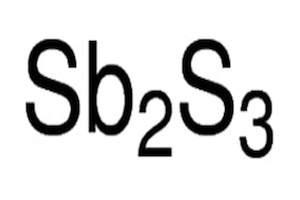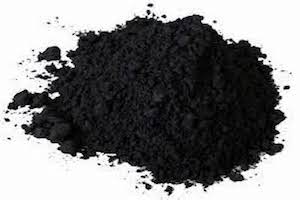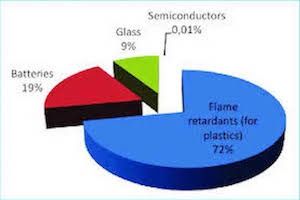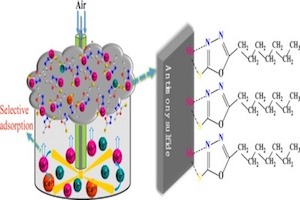The novel coronavirus pneumonia epidemic, medical protective materials such as medical rubber gloves are in short supply. However, the use of rubber is not limited to medical rubber gloves, rubber and us are used in every aspect of people’s daily life.
1. Rubber and transportation
The development of the rubber industry is inseparable from the automobile industry . The rapid development of the automobile industry in the 1960s led to a rapid increase in the production level of the rubber industry. In order to meet the needs of automobile development, various types of tires continued to emerge.
Whether it is sea, land or air transportation, tires are an important part of all kinds of transportation. Therefore, no matter what kind of transportation mode is inseparable from rubber products .
2. Rubber and industrial mines
Mining, coal, metallurgy and other industries often use adhesive tape to transport finished products.
Tapes, hoses , rubber sheets, rubber linings and labor protection products are all common rubber products in the industrial sector.
3. Rubber and agriculture, forestry and water conservancy
From tractors and tires of various agricultural machinery, crawlers on combine harvesters , rubber boats, life buoys, etc. With the great development of agricultural mechanization and farmland water conservancy , more and more rubber products will be needed .
4. Rubber and military defense
Rubber is one of the important strategic materials, which is widely used in the field of military and national defense, and rubber can be seen in various military equipment.
5. Rubber and civil construction
Rubber is used in construction materials widely used in modern buildings, such as sound-absorbing sponges, rubber carpets , and rainproof materials.
6. Rubber and electrical communication
Rubber has good insulation performance and is not easy to conduct electricity, so various wires and cables, insulating gloves , etc. are mostly made of rubber.
Hard rubber is also mostly used to make rubber hoses, glue sticks, rubber sheets, separators and battery shells .
7. Rubber and medical health
In the anesthesiology department, urology department, surgery department, thoracic surgery department, orthopedics department, ENT department, radiology department, etc., various rubber tubes for diagnosis, blood transfusion, catheterization, gastric lavage, surgical gloves, ice bags, sponge cushions , etc. It is a rubber product.
In recent years , silicone rubber has become more and more widely used in the manufacture of medical products . For example , the use of silicone rubber to manufacture artificial organs and human tissue substitutes has made great progress . Released slowly and continuously, it can not only improve the curative effect but also be safer.
8. Rubber and daily necessities
In daily life, there are many rubber products serving us. For example, rubber shoes are generally worn by urban and rural residents, and they are one of the most consumed daily rubber products. Others such as raincoats, hot water bottles, elastic bands, children’s toys, sponge cushions, and latex dipped products are all playing their role in people’s lives.
The general characteristics of industrial rubber products . However, all rubber products leave a chemical called antimony trisulfide. Pure antimony trisulfide is yellow-red amorphous powder, relative density 4.12, melting point 550℃, insoluble in water and acetic acid, soluble in concentrated hydrochloric acid, alcohol, ammonium sulfide and potassium sulfide solution. Antimony sulfide used in the industry is processed from stibnite ore powder. It is black or gray-black powder with metallic luster, insoluble in water, and has strong reducibility.
A vulcanizing agent in the rubber industry, antimony trisulfide can also be widely used in rubber, glass, friction equipment (brake pads), and as a flame retardant instead of antimony oxide .









